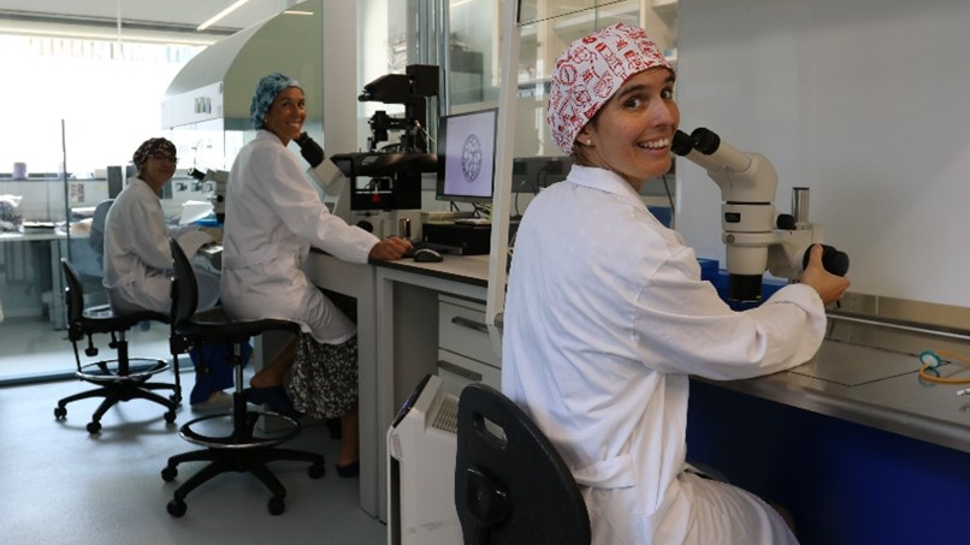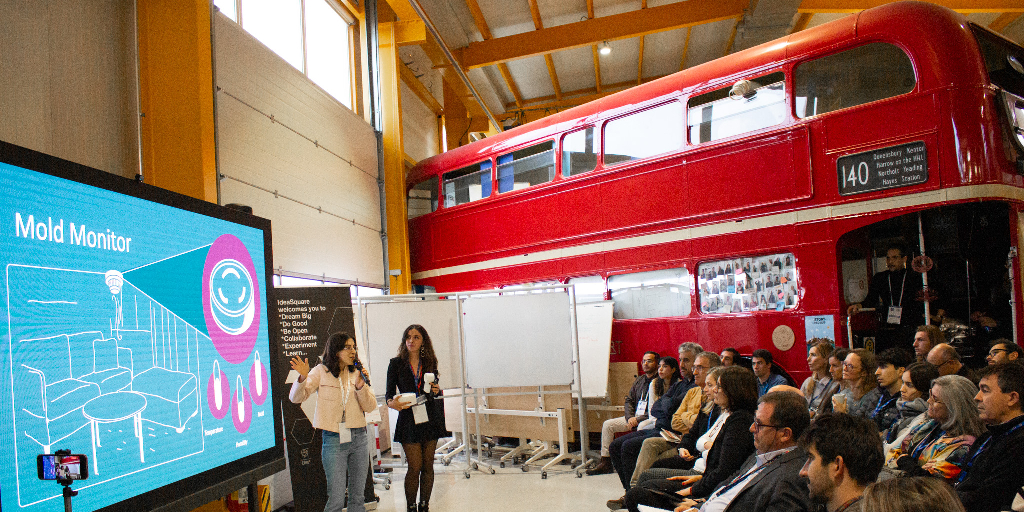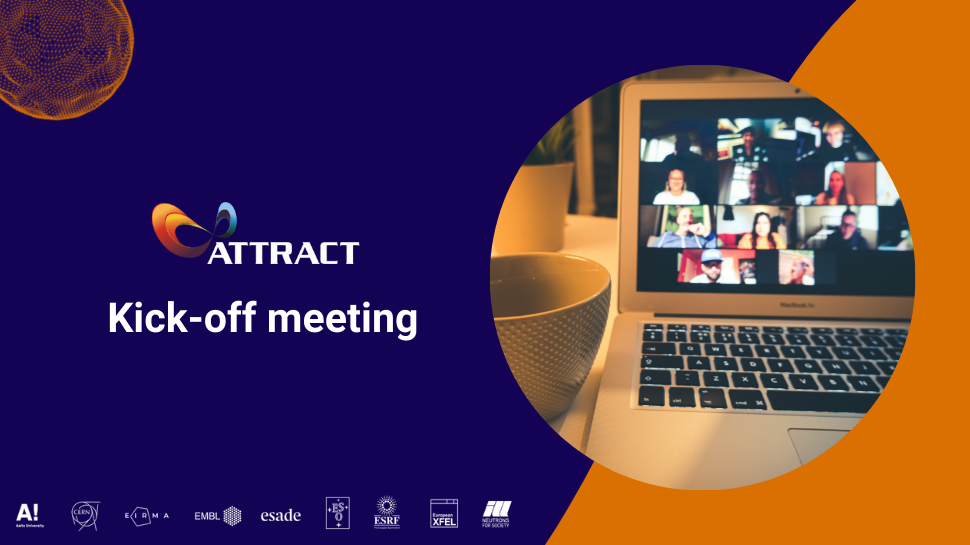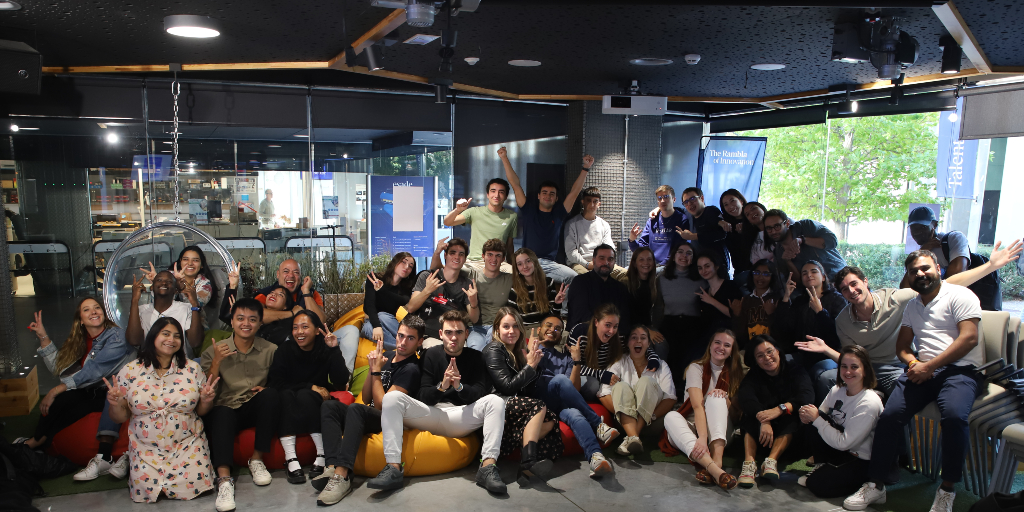Copyright © Institute for Bioengineering of Catalonia (IBEC)
Today marks World Embryologist Day, an important date that honours when a baby was born for the first time through in vitro fertilization (IVF) method. This outstanding scientific landmark happened 45 years ago on July 25th, 1978, in England, and according to the International Committee for Monitoring Assisted Reproductive Technologies (ICMART), it is estimated that until 2018 more than 8 million babies worldwide have been born thanks to IVF.
The human IVF laboratory has undergone a profound transformation throughout its history. With over four decades of advancements, novel technologies introduced in the field of IVF have surpassed all expectations, exceeding what was once considered unimaginable, such as cryopreservation of oocytes and embryos, the introduction of intracytoplasmic sperm injection (ICSI) and uterine transplantation.
In that sense, one of the R&D&I projects from ATTRACT phase 2 called HYLIGHT, is developing a robust and easy-to-use technology to select, non-invasively, the embryos that are more competent for implantation, increasing the success rate and reducing the so-called “time to pregnancy”. This innovative diagnostic device combines hyperspectral analysis with artificial intelligence and allows embryo classification based on their metabolic profiles, taking advantage of the natural auto-fluorescence of key cellular compounds.
The HYLIGHT project is coordinated by Samuel Ojosnegros from the Institute for Bioengineering of Catalonia (IBEC) in partnership with Dexeus Mujer and M Squared Lasers.
Read the full story here.
Watch this video where Samuel Ojosnegros explains what HYLIGHT is about:
Copyright © Institute for Bioengineering of Catalonia (IBEC) Today marks World Embryologist Day, an important date that honours when a baby was born for the first time through in vitro fertilization (IVF) method. This outstanding scientific landmark happened 45 years ago on July 25th, 1978, in England, and according to the International Committee for Monitoring Assisted Reproductive Technologies […]



